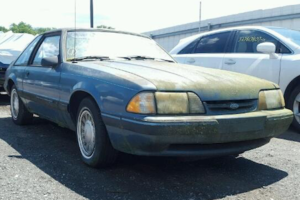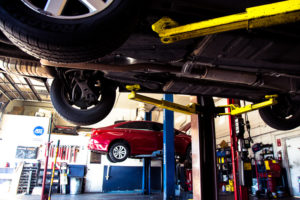Have you ever noticed your check engine light on car’s dashboard? Most drivers are probably guilty of noticing their check engine light and ignoring it at the same time. For some of us, if the car’s engine is running smooth then there’s nothing wrong, or at least nothing that can’t wait.
Unfortunately, your car doesn’t always wait on your schedule. In addition, a lot of potential car problems don’t trigger the warning lights. However, if your car does indicate “check engine”, or some other mechanical issue, save yourself expensive auto repairs down the road and take your car in for an inspection.
Loose Caps and Toxic Emissions
A good auto repair shop will be equipped with the tools and technology necessary to locate potential engine troubles. A check engine light can be triggered by electrical issues, fuel issues, exhaust system issues or engine troubles. The car’s warning lights can be enabled by something as simple as a loose or faulty gas cap.
A loose gas cap means that your fuel pressure is lowered and fumes can escape. This can impact your mileage and your car’s emissions. If the gas cap has cracks or won’t click into place, buy a new one that will pass an emissions test. If you are not mechanically inclined, call your local garage and have an experienced auto mechanic replace your gas cap for you.
Another easy fix that could become more expensive later would be the oxygen sensor. The oxygen sensor is usually located in or near the catalytic converter. Your car’s exhaust system is connected to the engine and the engine is run with gasoline, oil, air pressure, and even fire. With that in mind, it is important to keep all your car parts in proper working order.
Dashboard Warning Lights
Some of the most common reasons for a check engine light:
- Expired spark plugs or ignition coils
- Expired spark plug wires
- Faulty oxygen sensor
- Catalytic converter problems
- Mass air flow (MAF) sensor problems
- Engine thermostat broken
- Evaporative emissions (EVAP) problems
Automotive Technology
You can start with an on-board diagnostics test (OBD-II). If you’re sure of your skills you find a place to buy one online. Otherwise, your local auto repair shop can help you with the test. The reading will indicate a code and brief description.
On its own, the OBD-II code is not enough to identify a specific repair. The diagnostics only indicate the symptom. A skilled mechanic will investigate your car further to ensure that the problem doesn’t reoccur.
Nowadays cars come with an Engine Control Unit (ECU), which will help detect problems that happen with your car. Although some cars will be covered by a manufacturer’s warranty, most experienced mechanics will use relevant technology for accurate readings.
Although car problems can start out minor, such as a bad sensor or an old fuel filter, those minor problems can quickly become major ones. Warning lights are there to help car owners stay safe and avoid major engine repairs. In the end, it is up to you how or when you deal with mechanical warnings.


